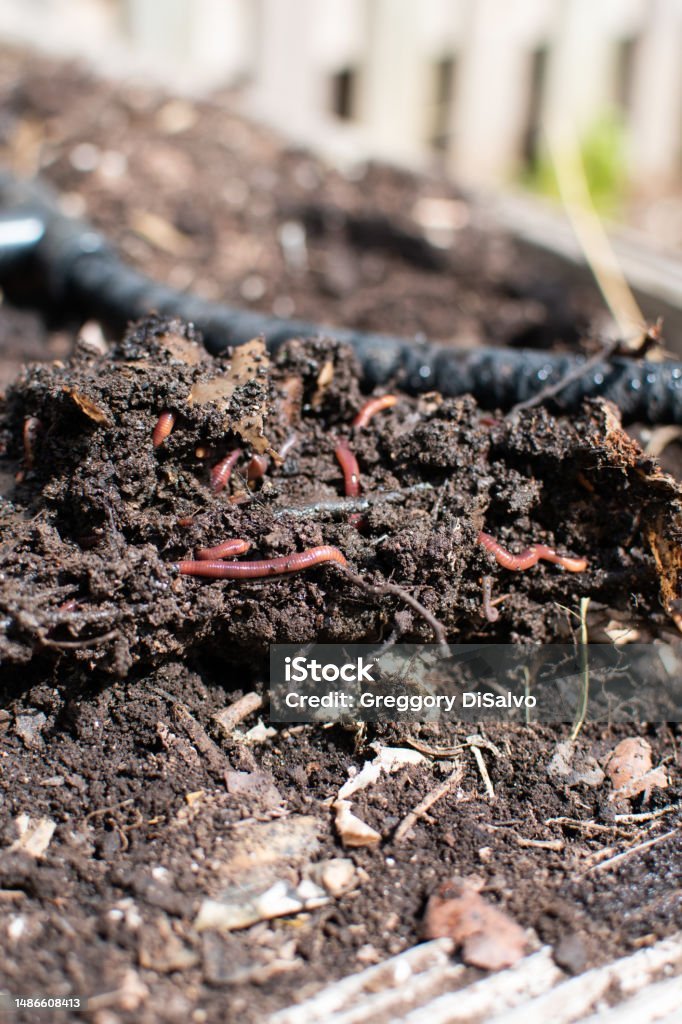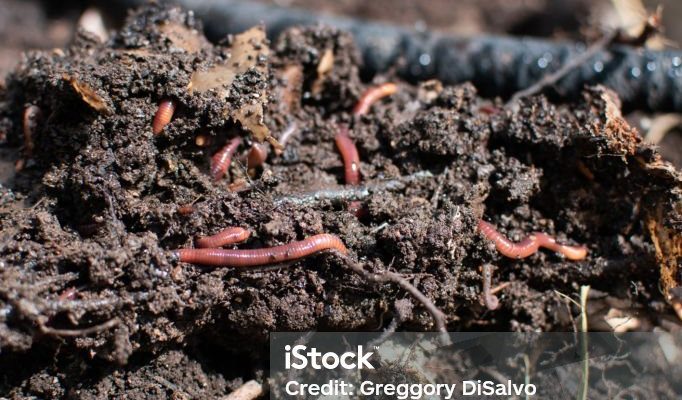
Introducing earthworms to a new garden bed can feel like adding secret ingredients to your favorite recipe. You’re building a healthier ecosystem, but it’s essential to know how to do it right. I’m here to guide you through the process of introducing earthworms, ensuring your garden flourishes from the ground up!
Why Earthworms Matter in Your Garden
Earthworms are more than just squiggly critters; they play a crucial role in the garden ecosystem. They aerate the soil, making it easier for roots to grow and for water to penetrate. When they burrow, they create tiny tunnels, allowing air and nutrients to flow freely. This is like creating little highways for your plants to take advantage of.
Moreover, earthworms feed on decomposing organic matter, breaking it down into nutrients that plants can use. It’s a natural recycling process! When you see earthworm castings (their poop), it’s a sign of healthy, nutrient-rich soil. When you’re setting up a new garden bed, having earthworms is like giving your plants a great head start.
Is It Safe to Introduce Earthworms?
You might wonder, is it safe to introduce earthworms to new garden beds? The answer is a resounding yes—if you do it the right way. However, it’s important to consider a few factors. First, ensure that the species of earthworms you’re introducing is compatible with your local environment. **Nightcrawlers** and **red wigglers** are popular choices for gardens.
If you live in an area with native earthworm species, introducing non-native ones can upset the balance of your ecosystem. Always source earthworms responsibly, preferably from local suppliers. This way, you know your new garden friends will thrive in your soil and not harm the existing species.
How to Introduce Earthworms to Your New Garden Bed
Introducing earthworms is a straightforward process—it’s just about knowing when and how to do it. Here’s a simple step-by-step guide:
- Prepare the Soil: Start by loosening the soil in your new garden bed. This provides a welcoming environment for the worms.
- Add Organic Matter: Incorporate compost or decomposed leaves. Earthworms love this stuff, and it helps them settle in.
- Introduce the Earthworms: Gently place the earthworms onto the surface of the soil. Don’t bury them; they will naturally dig down.
- Water Lightly: Give the bed a light watering. It’ll encourage the earthworms to burrow into their new home.
Honestly, it’s that simple. Just be patient and let nature do its thing. Before long, your garden bed will be bustling with life.
Best Practices When Introducing Earthworms
While the steps to introduce earthworms are easy, a few best practices can make your introduction successful. First, avoid using chemical fertilizers or pesticides right after introducing your earthworms. These substances can harm them and defeat the purpose of having them in your garden.
Also, consider the temperature of your soil. Earthworms thrive in warm, moist conditions. If you’re planting in cooler weather, it might be best to wait until spring or early summer when the soil is warmer. They tend to go dormant in colder temperatures, so you wouldn’t want to introduce them too early.
Finally, it’s crucial to monitor their progress. Check on your garden bed regularly to see if the earthworms are active. Signs of their presence, like castings or burrowing, indicate they’re adapting well.
Common Mistakes to Avoid
When introducing earthworms, beginners often make some common mistakes. One of the biggest is **overwatering**. Earthworms thrive in moisture but can drown if the soil is soggy. Make sure to keep the soil damp, not soaked.
Another mistake is introducing them too early in the growing season. If it’s too cold or the soil is too dry, it can be tough for the worms to adapt. Also, be cautious about mixing different species of earthworms. Some, like the common earthworm, thrive in garden soil, while others prefer composting bins and might not do well in open garden beds.
Lastly, don’t forget to enrich the soil regularly. Earthworms will help break down organic matter, but providing consistent food—like kitchen scraps or leaf litter—will keep them happy and healthy.
Can You Buy Earthworms for Your Garden?
Absolutely! If you’re not sure where to find earthworms, buying them can be a great option. Many garden centers offer **red wigglers** or **nightcrawlers** sold by the pound. They often come with care instructions to help you get started.
When purchasing, choose reputable sellers who focus on organic practices. This ensures you’re getting healthy worms that haven’t been exposed to harmful chemicals. You can also connect with local gardening clubs or online communities, where members sometimes share or sell excess worms.
Buying worms is a quick way to get started, particularly if you’re eager to kick-start your garden’s ecosystem.
Bringing earthworms into your new garden bed can totally change the game. They’re like tiny gardeners, tirelessly working to improve soil health and boost plant growth. As you introduce them, just remember to follow a few simple guidelines and be patient.
Soon enough, you’ll have a thriving garden bustling with life, all thanks to these remarkable little beings. So go ahead, embrace your earthworm buddies—they’re a small but mighty ally in your gardening journey!

